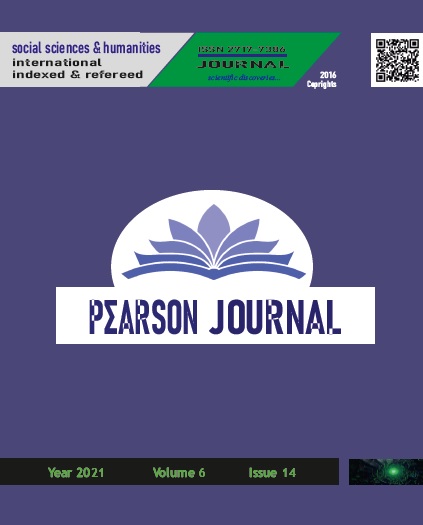WORK (CYBER) BULLYİNG, POWER IMBALANCES AND VİCTİMİZATİON: A REVİEW ON PANOPTİC METAPHOR AND EMPLOYEE SURVEİLLANCE İN INDİAN WORKPLACES
Keywords:
Panopticon, employee surveillance, power control, power imbalances, workplace bullying, cyber bullying, employee victimizationAbstract
The dominant interpretation of electronic surveillance in the workplace focusing mainly on the invasion of privacy does not give sufficient explanation of its various and nuanced underpinnings and other adverse effects. Likewise, harassment or bullying in the workplace has been at the forefront of major concerns of organizations and employees for several decades and is currently more prevalent and opaque. Combining these two factors and through a methodical revisit of the metaphor of the Panopticon, this paper aims to examine its relevance for the analysis of modern electronic surveillance used in the workplace, and sparks discussion around the issue of workplace bullying and the consequent control mechanism, power imbalances and victimization, with a special focus and application on Indian scenario. This research exposes the unfair and unjustifiable victimization of workplace bullying by going beyond Foucault’s concept of “disciplinary society,” according to which persons are “normalized” by their categorical locations, as well as beyond Deleuze’s argument of “society of control,” where people are forced to live in circumscribed parameters. It is an exploratory research that follows an analytic research methodology of theoretical analysis (literature reviews) and critical discourse analysis. Persistent victimization is relayed as a co-existent phenomenon of workplace bullying.




